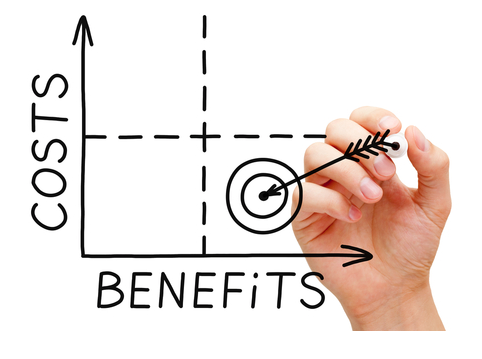Today’s technology makes it relatively easy to assess property landscape needs in order to determine plant counts, water usage, turf square footage, etc. Unfortunately, the most common way property managers determine their maintenance budgets involves using formulas that may be outdated.
Let’s look at some factors that help determine landscape maintenance costs:
Labor: the single largest cost of landscape maintenance is labor. A significant piece of the budget is taken up by the work itself. Therefore, to keep overall budget costs down, it is imperative that labor and its associated costs be allocated strategically.
For example, turf. Turf is generally the largest total area in the landscape. If the turf contains sweeping contours and few obstacles, such as trees, boulders, light fixtures, signage, or architectural elements, then faster mowing equipment can be used to maintain it and keep labor costs low.
Plant needs: Overplanting requires more frequent pruning; fast-growing plants require more frequent pruning, and planting pest and disease-prone plants increases the cost of protecting them with costly control materials. Extensive annual color requires a lot of fine detail work, also resulting in higher costs.
The solution is balance. A good plant palette, including perennials and ornamental grasses, and use of meadows and sustainable alternatives, will balance low with high maintenance areas. For instance, a maintenance plan should include removing excess plants as they age. And interplant fast and slow-growing plants to create a seamless transition during plant lifecycles.
Irrigation: Another factor overlooked in maintenance budgeting is the cost of water and irrigation management. This is particularly important as water availability decreases and water costs increase. Irrigation costs are best controlled by utilizing less thirsty plant material and by the installation of new ‘smart’ technologies and water delivery systems.
In general, turf requires the greatest amount of water in the landscape. For mature landscapes, retrofitting outdated irrigation systems with more efficient equipment and/or redesigning the landscape to utilize more water-efficient plant material can be bottom line friendly. The pay back varies but by auditing water use, future savings scenarios can be projected with great accuracy.
Refurbishing: When planning a maintenance budget, designate an amount to cover normal wear and tear, seasonal weather stress, and the cost of replacement and repair. All landscapes require remedial and corrective work to maintain their best appearance. We find that most commercial customers with successful landscapes spend approximately 25-30% of their yearly landscape maintenance budget on freshening. By replacing items on a regular basis, you can avoid incurring large capital expenditures for major cost overhaul.
With labor and water costs high, it is becoming increasingly important for property managers to be aware of strategies that pay off in the long run. Establishing a close working relationship with your landscape contractor and starting the conversation at the planning and budgeting stage, will ensure that your property and landscape will receive optimum care and a proactive approach all year long.
Don’t leave value on the table. To learn more about collaborating with ELM to implement innovation, understand how landscape products, equipment and technologies are used to improve cost and efficiency, and what the best priorities are to pursue in the face of changes in water management, contact Bruce Moore at 203-316-5433.

